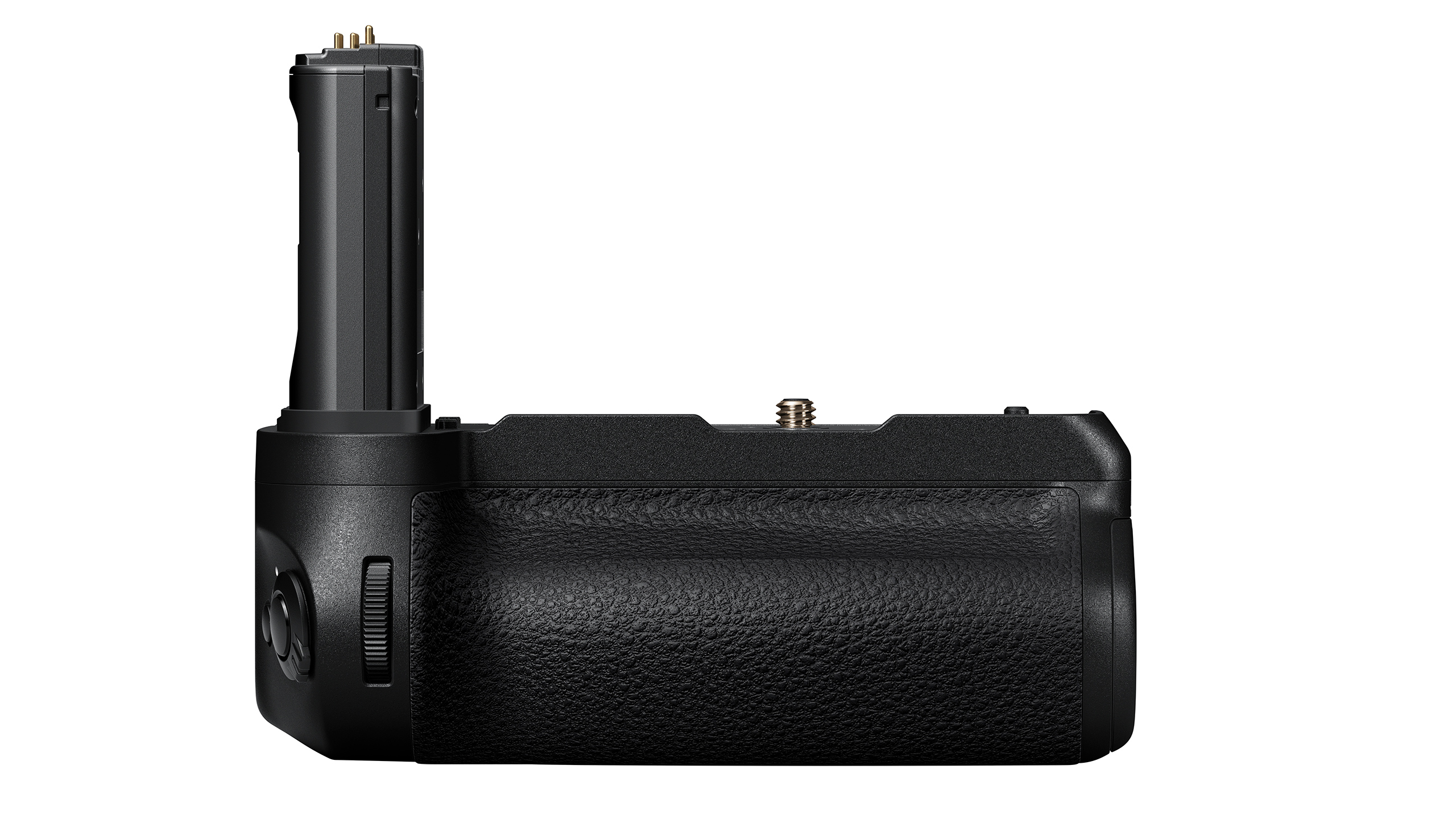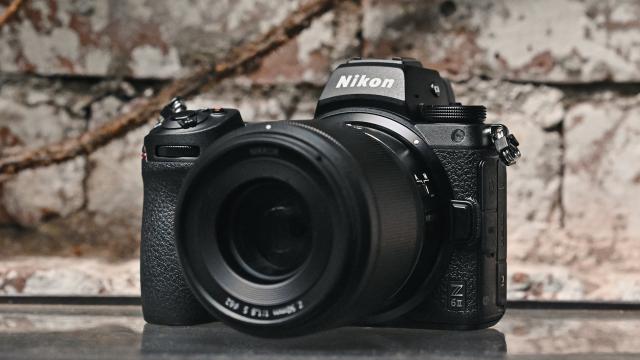Nikon’s first full-frame mirrorless cameras, the Z6 and Z7, were more than respectable entries to the market. The Z6 even gave some of Sony’s cameras a run for their money when it came to video. Two years after launch, Nikon is giving its top two mirrorless cams a much needed revamped with the Z6II and Z7II.
While their bodies are mostly the same, the Z6II and Z7II have been upgraded with some key specs, including higher continuous shooting speeds, improved autofocus, shot buffers that have doubled in size, and support for recording 4K video at 60 FPS.
The main driver behind the Z6II and Z7II’s upgrades is the inclusion of dual Expeed 6 image processors, instead of just one like you got on the previous models, which gives both cameras better performance and more overhead to deal with demanding tasks.
On the Z6II, this means its max continuous shooting speed has jumped from 5.5 shots per second to up to 14 shots per second for 12-bit RAWs with single-point continuous AF, or up to 12 shots per second with subject-tracking turned on. As for the Z7II, while the jump isn’t quite as big, continuous shooting speeds now stand at 10 fps with everything enabled, up from 9 fps on the Z7.
And thanks to the the dual Expeed 6 ISPs, Nikon says both the Z6II and Z7II have faster and more sensitive autofocus (down to -4.5 EV), with support for both face and eye detection when using the wide area AF setting instead of being limited to only full auto area AF like you were before. This should give users more control in setting a specific area they want the Z6II and Z7II to track, instead of potentially confusing the camera with multiple potential subjects across the entire frame.
As for video, the Z6II and Z7II can now do 4K/60fps video recording in 10-bit N-Log (or HLG if you’re using an external recording). However, both cameras do use different levels of crop for 4K/60fps video, with the Z6II cropping down to APS-C size, and the Z7II using a 1.08x crop.
When it comes to battery life, the Z7II’s shot count has increased to 380 shots per charge thanks to Nikon’s new energy save photo mode. And if that’s not enough, you can now charge and use the Z6II and Z7II at the same time via the camera’s USB-C port, with Nikon’s new MB-N11 battery grip adding even more juice.

Other elements, like the Z6II and Z7II’s modes and dials, are largely staying the same. Unfortunately, that means the Z6II and Z7II’s rear touchscreens only tilt out instead of flip all the way around like you get on an increasingly number of mirrorless cams. However, Nikon has notably added a second UHS II SD card slot to complement the existing XQD slot, which should address any concerns from people worried about potentially losing data.
The Z6II is slated to arrive first sometime in November for $US2,000 ($2,790) (body only), or $US2,600 ($3,627) with a 24-70mm Nikkor Z lens. The Z7II will follow later in December starting at $US3,000 ($4,185) (body only), or $US3,600 ($5,022) with the same 24-70mm lens.
Editor’s Note: Stay tuned for local Australian pricing and a release date.
